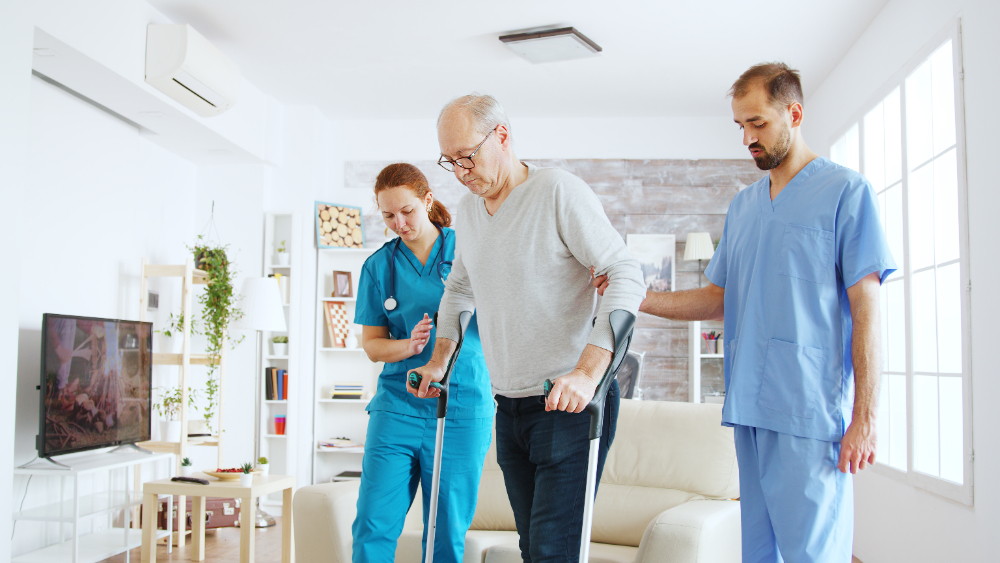
Stroke Rehabilitation: Physiotherapy Methods for Faster Recovery
Stroke is a leading cause of disability, a condition whereby
patients are left with limited movement, problems in communicating, and, to
some extent, reduced dependence. However, if correct rehabilitation is
administered, there is light for recovery. Physiotherapists play a primary role
in stroke rehabilitation, which allows a patient to regain functional mobility,
strength, and coordination. Being the best stroke rehabilitation center in Thrissur, each treatment plan at Bethel is
individualized to help speed recovery and improve the quality of life in stroke
patients.
What is Stroke Rehabilitation?
Stroke rehabilitation is an organized process of recovery
that aims to assist patients in recovering lost functions. It comprises a range
of treatments such as physiotherapy, occupational therapy, and speech therapy.
Of these, physiotherapy is essential because it aims at regaining the ability
for movement, balance, and muscle function. Early treatment ensures optimal
recovery and the avoidance of long-term complications. Stroke rehabilitation
also aims to improve independence in the patient by improving daily living
activities.
Surgical post operativephysiotherapy is one of the major components for stroke recovery.
Especially for patients who go through surgical procedures due to stroke
complications, such therapy assists in pain control, reduces muscle stiffness,
and optimizes function. Planned physiotherapy sessions allow the patient early
and gradual rehabilitation to minimize the risk of secondary complications,
such as muscle atrophy or joint stiffness, through proper training.
Effective Physiotherapy Techniques for Stroke
Rehabilitation
Range of Motion Exercises
Stroke frequently results in stiffness of the muscles and
immobility of the joints. Passive and active range of motion exercises are
provided by physiotherapists aiming to increase flexibility and prevent
contractures. These exercises are to the benefit of joint health and help in
movement.
Gait Training
Impairment of walking is very common after stroke. Gait
training includes walking practice, balance improvements, and, in some cases,
assistive devices. Physiotherapists work with the subject on strengthening the
leg muscles and improving coordination to provide better walking abilities.
Strength Training
Stroke is a cause of one-sided muscle weakness. Strength
training performed with resistance bands, weights, or by using body weight
strengthens the affected muscles. Strengthening the major muscle groups
additionally restores balance and general mobility.
Neuromuscular Re-Education
Stroke impacts the nervous system, causing poor motor
control. Neuromuscular re-education methods, such as electrical stimulation and
proprioceptive training, assist in reconnecting the muscles and brain. These
methods promote smoother and more coordinated movements.
Balance and Coordination Exercises
Stroke survivors tend to have balance problems, which raise
the risk of falls. Balance exercises, such as standing on one leg, weight
shifting, and stability balls, assist in enhancing coordination and confidence
in movement.
Functional Training
Physiotherapy is aimed at rehabilitating patients in the
performance of daily tasks, including dressing, eating, and bathing. Functional
training enables patients to regain independence and accommodate any physical
restrictions. We are recognized as the top neurorehabilitation center in Thrissur and provide the best stroke
rehabilitation programs suitable for each patient. Our trained physiotherapists
evaluate the condition of each patient and create therapy plans for quicker and
more efficient recovery. We enable patients to recover mobility and confidence
in everyday life through the right blend of modern rehabilitation procedures
and empathetic care.


.jpg)

